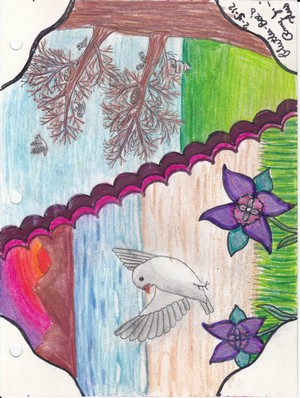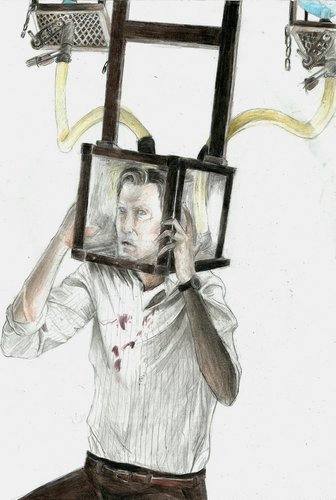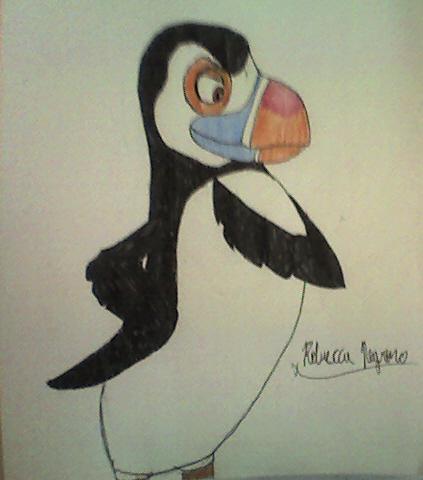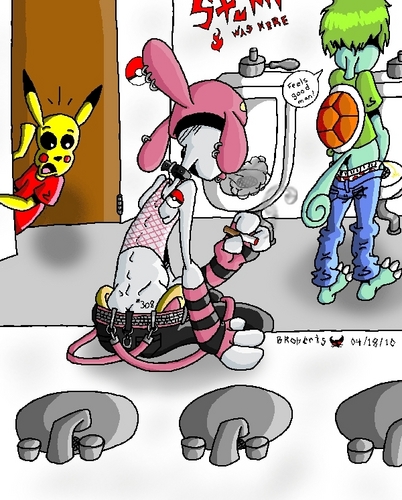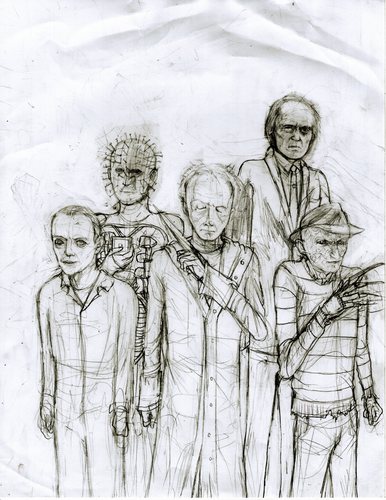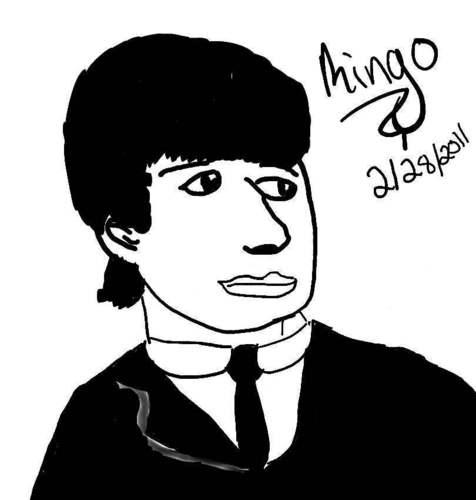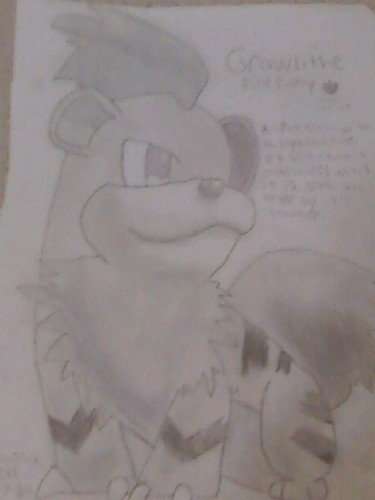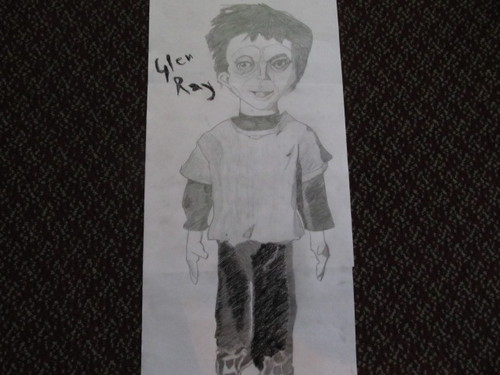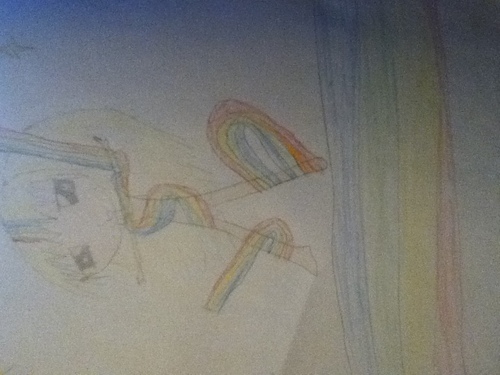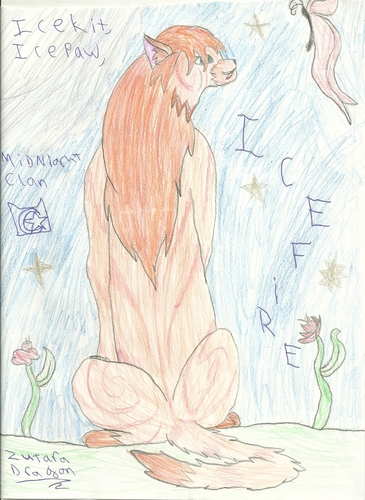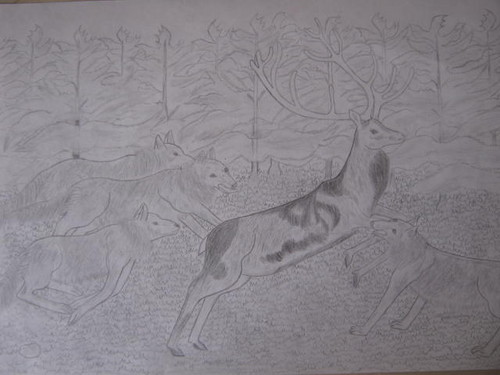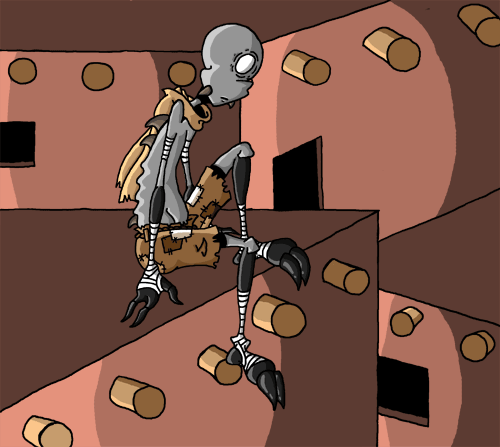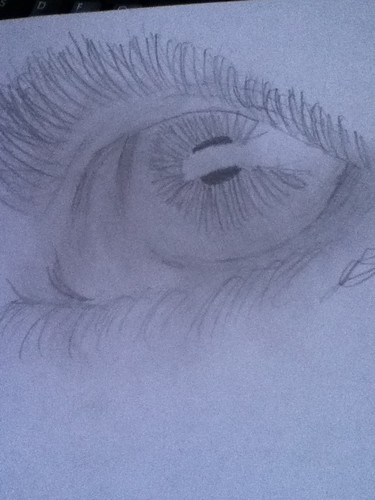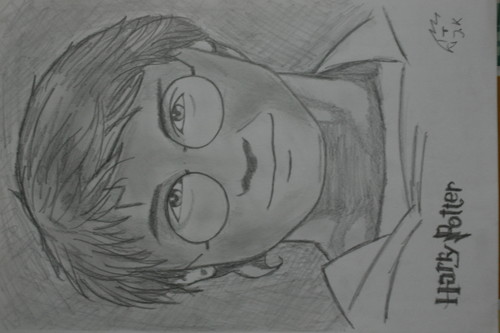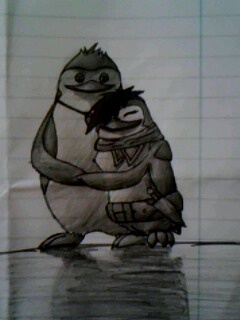Learning to draw is a process of acquiring many techniques. With practice and education, anyone can accomplish becoming an artist. If آپ are interested in drawing portraits and figures, آپ should pay attention to the fabric of their clothing. To learn to draw fabric can give any figure یا portrait drawing آپ do realism and depth.
When آپ draw a human figure, آپ begin سے طرف کی considering the underlying structure that gives that figure definition and shape. What gives fabric shape is the folds and wrinkles characteristic to the particular material. The drape of a fabric can be drawn سے طرف کی looking carefully at the way it folds in a particular item of clothing.
Folds were categorized سے طرف کی George Bridgeman, a drawing teacher with the Art Students League. Pipe, Zigzag, Spiral, Half-lock and Drop folds as well as the Diaper pattern and Inert folds are so named for the basic shapes they form. As a challenge, spend an afternoon observing the clothing around you. Try to identify as many of these folds as آپ can. And, if آپ pick up on something new, think about what you’d call it. What forms in nature, architecture یا basic shapes does it resemble?
Beginning to draw from forms you’re familiar with is a good way to start. I suggest starting with a pipe fold. It has fewer shadows and interior drape but will help آپ learn the feel of drawing the curves folds make. You’ll see it in skirts and looser clothing. If آپ have a friend willing to model for you, suggest that he یا she don a full skirt. A full سکرٹ, گھیرنا will give آپ relaxed pipe folds. These cylindrical shapes are found in many man-made structures. Compare them in your mind to pipes you’ve seen in constructions یا as facets of sculptures. This will give آپ a point of reference. From there, it’s just a matter of starting to draw.
A zigzag fold is present primarily in tube forms. Sleeves and pants legs display these, often at the joints where they bend, forming diamonds that fold toward each other. Before attempting to draw the fabric featuring them, just practice diamonds. Draw them close to, touching, and overlapping each other.
If you’ve ever bunched up the sleeves of your sweater, you’ve created spiral folds. Can آپ picture that scrunched up fabric? If so, you’ve got an idea of the texture you’ll be creating in drawing this type of fold. You’ll also see this in upholstery یا curtain fabric. The nice thing about attempting to draw this is that آپ won’t need a model, just your own window hangings to draw from.
Whether آپ start with the few types of folds I have listed here یا decide to challenge yourself with a different one from the list, you’ll find examples of them every day. Remember that an artist is an observer first. Pay attention to the world around آپ and you’ll find all the material آپ need. Add education, through choosing a drawing course, such as the 3 DVD course offered سے طرف کی link and آپ will be well on your way.
When آپ draw a human figure, آپ begin سے طرف کی considering the underlying structure that gives that figure definition and shape. What gives fabric shape is the folds and wrinkles characteristic to the particular material. The drape of a fabric can be drawn سے طرف کی looking carefully at the way it folds in a particular item of clothing.
Folds were categorized سے طرف کی George Bridgeman, a drawing teacher with the Art Students League. Pipe, Zigzag, Spiral, Half-lock and Drop folds as well as the Diaper pattern and Inert folds are so named for the basic shapes they form. As a challenge, spend an afternoon observing the clothing around you. Try to identify as many of these folds as آپ can. And, if آپ pick up on something new, think about what you’d call it. What forms in nature, architecture یا basic shapes does it resemble?
Beginning to draw from forms you’re familiar with is a good way to start. I suggest starting with a pipe fold. It has fewer shadows and interior drape but will help آپ learn the feel of drawing the curves folds make. You’ll see it in skirts and looser clothing. If آپ have a friend willing to model for you, suggest that he یا she don a full skirt. A full سکرٹ, گھیرنا will give آپ relaxed pipe folds. These cylindrical shapes are found in many man-made structures. Compare them in your mind to pipes you’ve seen in constructions یا as facets of sculptures. This will give آپ a point of reference. From there, it’s just a matter of starting to draw.
A zigzag fold is present primarily in tube forms. Sleeves and pants legs display these, often at the joints where they bend, forming diamonds that fold toward each other. Before attempting to draw the fabric featuring them, just practice diamonds. Draw them close to, touching, and overlapping each other.
If you’ve ever bunched up the sleeves of your sweater, you’ve created spiral folds. Can آپ picture that scrunched up fabric? If so, you’ve got an idea of the texture you’ll be creating in drawing this type of fold. You’ll also see this in upholstery یا curtain fabric. The nice thing about attempting to draw this is that آپ won’t need a model, just your own window hangings to draw from.
Whether آپ start with the few types of folds I have listed here یا decide to challenge yourself with a different one from the list, you’ll find examples of them every day. Remember that an artist is an observer first. Pay attention to the world around آپ and you’ll find all the material آپ need. Add education, through choosing a drawing course, such as the 3 DVD course offered سے طرف کی link and آپ will be well on your way.


